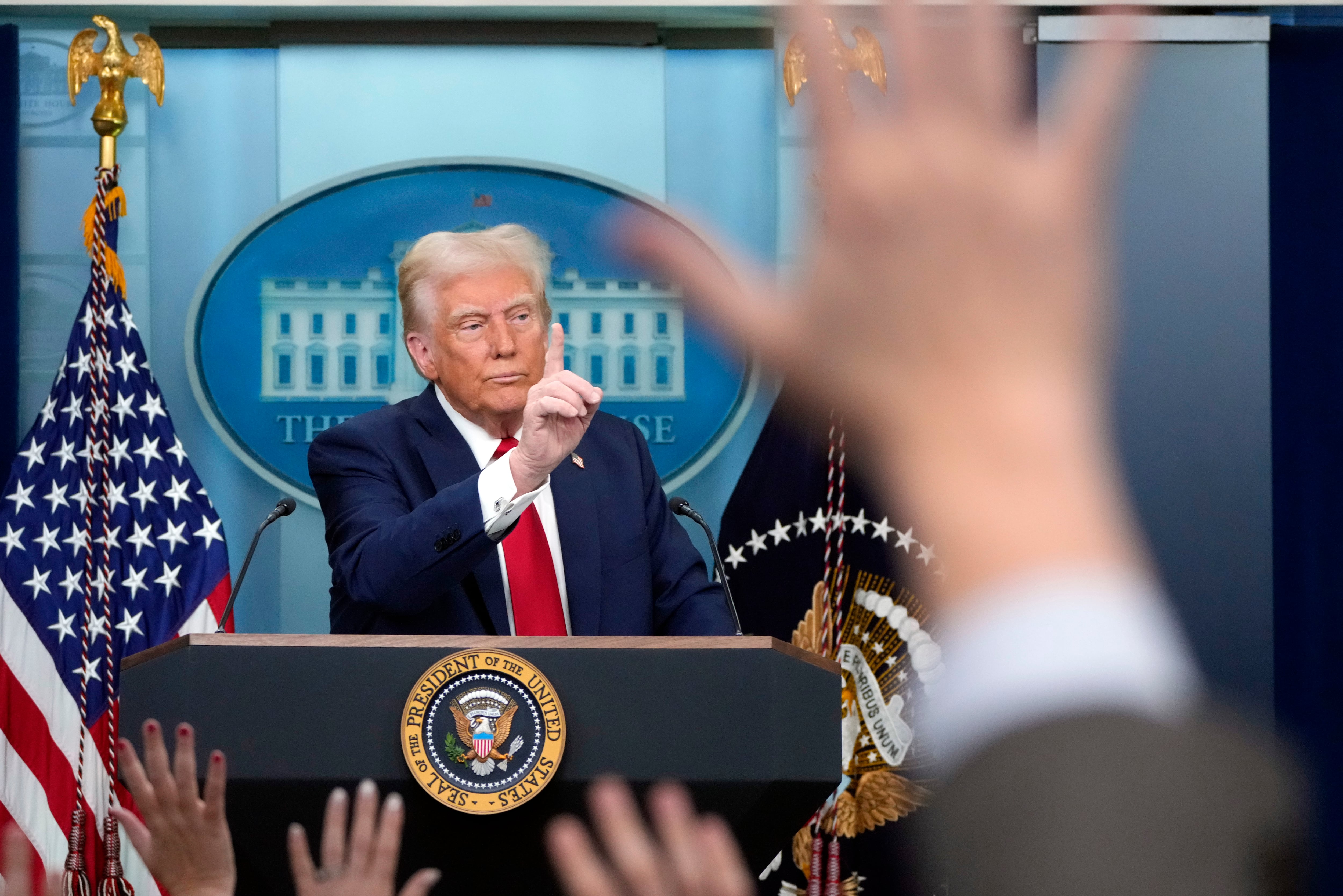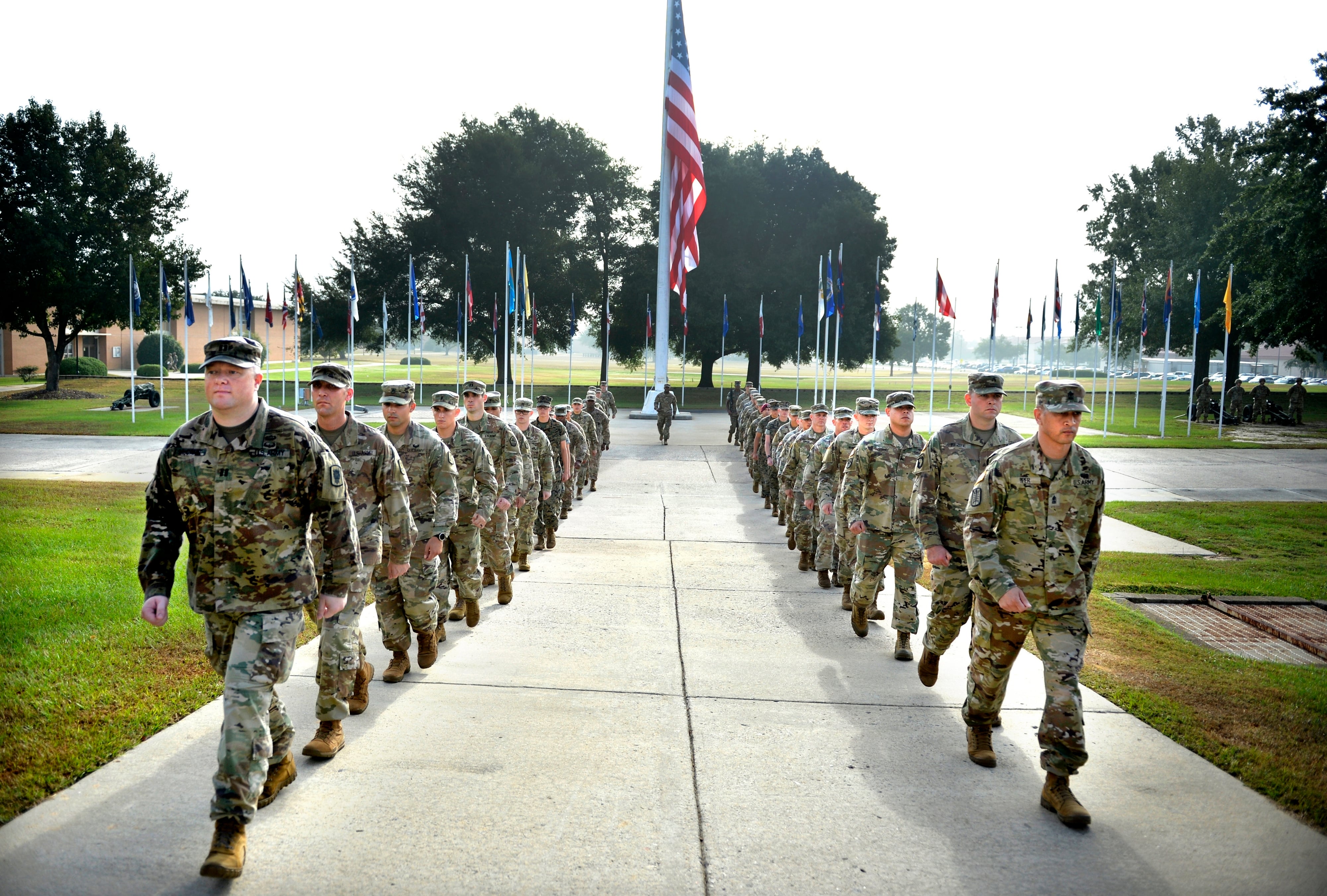Years of pressure to shrink the size of the Navy's cruiser force may end in 2017.
President-elect Donald Trump pledged in September to modernize a "significant portion" of the fleet's 22 cruisers in pursuit of his 350-ship Navy goal.
"We will start by modernizing our cruisers to provide the ballistic missile defense capability our nation needs. This will cost around $220 million per modernization [in 2010 dollars] as we seek to modernize a significant portion of these 22 ships," Trump told a crowd in Philadelphia in September.
It was an oddly specific proposal for a candidate who dealt mostly with generalities on the campaign trail and it almost certainly came from former Rep. Randy Forbes, R-Va., who was an adviser to Trump on defense matters. But for the Navy it will mean having its best blue water ships in the fleet at a time when fighting on the open ocean is coming back in style.
Cruisers have been a target for Pentagon budget hawks since 2013, when the Navy tried to decommission seven of its 22 cruisers to save money.
But Congress, led by Forbes, went ballistic. Forbes has been frequently mentioned as a possible Navy Secretary under Trump.
The ships, which each pack more than two dozen additional missiles compared to a destroyer and sport two five-inch guns to the destroyer's one, were saved. But every year since, however, the Navy has pushed some iteration of the same plan to lay them up for modernization as a way to save money by taking them out of the fleet.
The back-and-forth infuriated Forbes, who wrote in a Navy Times editorial in April that the plan was entirely budget driven and not based on threats to national security.
"The administration's vacillation on whether to decommission or inactivate the ships shows that the various proposals have been driven by budget considerations, not strategy or operational analysis," Forbes wrote. "It also shows that this administration cannot be trusted to adhere to any plan, raising the risk that once these ships are inactivated, plans will change and they will never [be] brought back into service."
China and Russia have both invested heavily in land-based missiles designed to keep the U.S. at bay and outside of striking distance from their shores. Those threats will require ships to pack lots of defensive missiles to shoot down incoming anti-ship missiles as well as strike missiles to return fire.
In October, U.S. Navy ships came under fire from cruise missiles fired from the coast of Yemen, prompting the American warships to activate their missile-defense systems.
Cruisers will be needed well into the future and it looks like that's on Trump's radar.
David B. Larter was the naval warfare reporter for Defense News.





